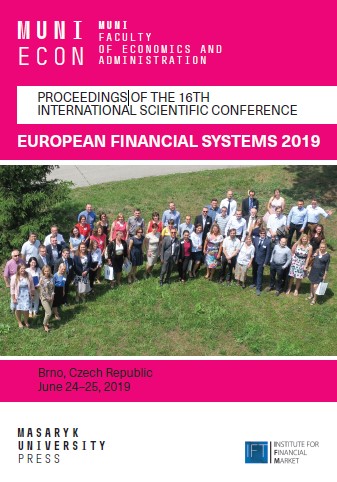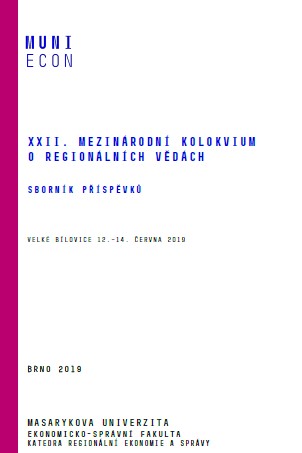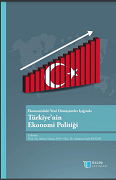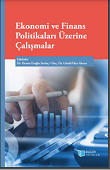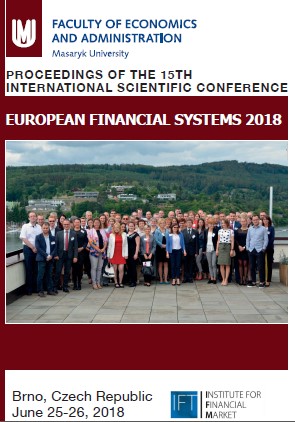
The Efficiency of Health Care Systems in OECD Countries. Does it Make a Difference?
The main aim of this article is to compare the Efficiency of Health Care Systems in 35 OECD countries during period 2008 – 2015. The efficiency of health care system is discussed topic in many articles and it is very difficult task to find the right methods according to which to measure health care efficiency. In our case for the comparing of the efficiency of health care systems we use nonparametric method, namely Data Envelopment Analysis (DEA). Two different output oriented models are used. The first one is with one output: life expectancy at birth and three inputs: health expenditures, total health and social employment and number of hospitals. The second one is with two outputs: all causes of deaths and infant mortality and three inputs like in the first model. All indicators are obtained from OECD database. Comparing results for these two models, that are very similar, show that both developing and developed countries can be effective.
More...
